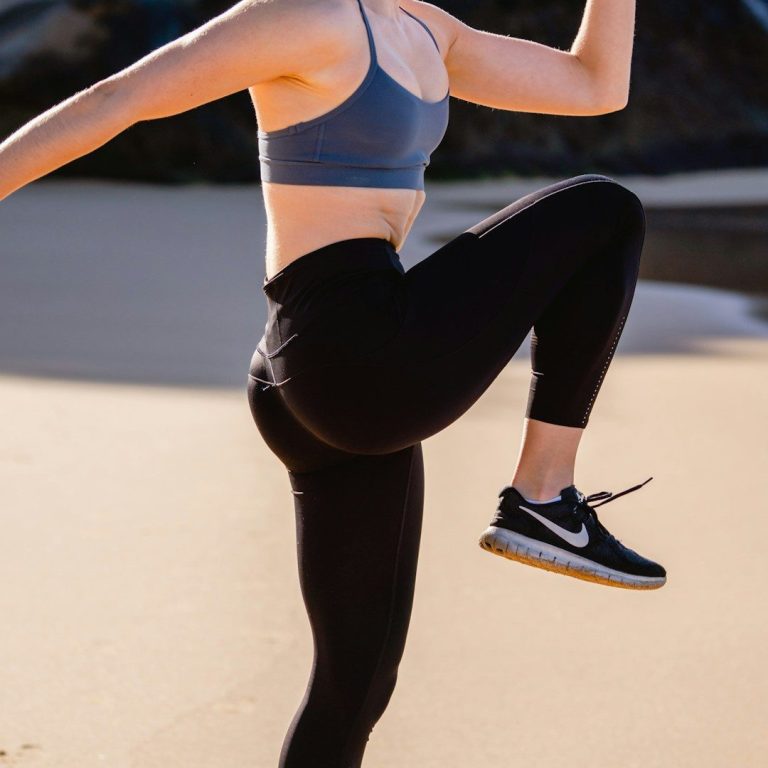Gear Up for Success: Your Pre-Workout Comfort Checklist
"Effort is key, but preparation is everything."
"The key to a great workout isn't just about the effort you put in; it's also about the preparation you do beforehand. Making the right choices about what you wear and how you hydrate can make all the difference between a miserable session and a truly great one."

The Right Clothes Make All the Difference
Fabric is Key: The difference between cotton and synthetic materials for exercise.
Cotton: It's comfortable for everyday wear but a bad choice for workouts. That it absorbs sweat and stays wet, leading to chafing, discomfort, and a heavy feeling.
Synthetics (Polyester, Nylon, Spandex): These are the gold standard. That they are "moisture-wicking," meaning they pull sweat away from your skin to the surface of the fabric where it can evaporate quickly. This keeps you dry, cool, and comfortable.
Fit and Function: How the fit of your clothes impacts performance.
Not Too Tight, Not Too Loose: That clothes should allow for a full range of motion without being baggy enough to get in the way. For example, That baggy shorts can be a tripping hazard, and overly tight compression gear can restrict blood flow if it's too small.
Seams Matter: The importance of flat seams ("flatlock stitching") to prevent chafing, especially for long-duration activities like running.
Layering (if applicable): If your works out in different weather conditions, the benefits of layering with a base layer, a mid-layer, and an outer shell.

Hydration Water, water and Water should be the beverage of choice
Why Hydration is Crucial: The science simply. "Your body is over 60% water, and it needs that water to function correctly. When you exercise, you lose water through sweat. If you don't replace it, you can become dehydrated, which leads to fatigue, dizziness, and reduced performance."
How Much to Drink and When: Provide a simple, easy-to-follow guide.
Before Exercise: Recommend drinking a good amount of water in the hours leading up to the workout. A common recommendation is about 16-20 ounces (about 2-2.5 cups) of water 2-3 hours before exercise. This gives your body time to absorb it.
During Exercise: That you should drink small amounts frequently. A good rule of thumb is to take a few sips every 15-20 minutes.
After Exercise: The importance of replenishing what you lost. A general guideline is to drink 20-24 ounces (about 3 cups) of water for every pound of body weight you lost during the workout. A simpler approach is to "drink until your thirst is quenched and your urine is a light yellow color."
Electrolytes are important When we sweat, we don't just lose water — When is a sports drink better than water? lose electrolytes"As a general rule of thumb, if you're exercising longer than an hour — and especially if your workout is outdoors on a hot, humid day — it's time to think about a sports drink.
Can sports drinks replace water?If you're exercising for less than an hour, opt for sipping on water as you feel thirsty.

How to Choose the Right Sports Shoes for Your Workout
Your feet are the foundation of every workout. Whether you're running, lifting, or jumping, the right pair of sports shoes can make the difference between a great workout and a frustrating one. They don't just protect your feet; they are a critical piece of equipment designed to enhance your performance, prevent injury, and maximize your comfort."